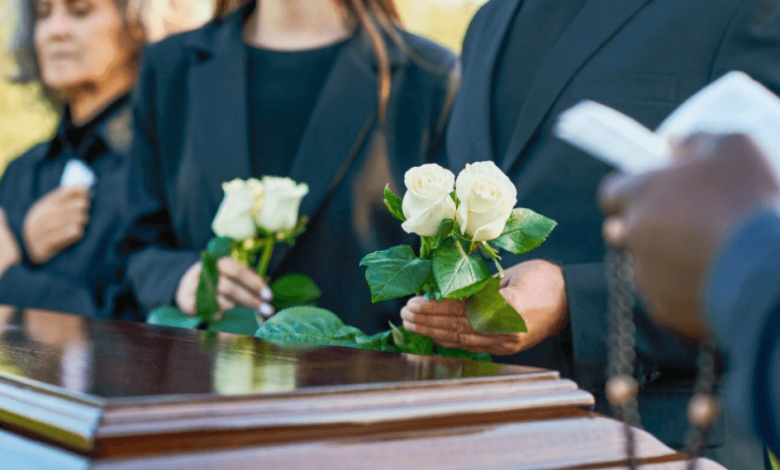Understanding the Funeral Process: Honoring Life With Care and Dignity

Saying goodbye to a loved one is never easy. It’s an emotional and deeply personal experience that varies from one culture and family to another. Amid grief, understanding the funeral process can help families make informed choices and honor the life of the deceased with respect and dignity.
In the funeral industry, the role of professionals is not just to manage logistics — it’s to provide comfort and guidance through one of life’s most difficult transitions. Whether you’re planning ahead or arranging a service after a loss, having a clear understanding of the steps involved in the funeral process is essential.
What Is the Funeral Process?
The funeral process is the series of events and preparations carried out following a person’s death. It typically includes several stages: from the initial notification to the final resting arrangements. Each stage serves a unique purpose — helping families grieve, celebrate the life lived, and begin healing.
While the specifics can differ based on culture, religion, or personal preferences, the general steps remain consistent.
Step-by-Step Breakdown of the Funeral Process
1. First Contact and Removal
When a death occurs, the first step is to contact a funeral home or service provider. Professionals will guide you through what needs to happen next, including the respectful transfer of the deceased to a facility for care and preparation.
2. Funeral Arrangement Meeting
Next comes the arrangement meeting, where the family discusses their wishes with the funeral director. This includes decisions about the type of service (burial or cremation), religious or cultural customs, location, dates, and budget. Documentation, such as death certificates and permits, is also handled during this stage.
3. Preparation of the Body
Depending on the family’s preferences and cultural traditions, the body may be embalmed, dressed, and cosmetically prepared for viewing. Some may opt for a natural burial, while others may choose cremation. The goal is always to preserve dignity and honor the individual.
See also: From Audition Rooms to Red Carpets: The Hollywood Life of Mitch the Actor
4. Visitation and Viewing
A visitation (or wake) allows family and friends to gather, share memories, and pay their last respects. This is often held at a funeral home or place of worship and may be open or closed casket, depending on the family’s wishes.
5. The Funeral Service
The funeral ceremony is a moment to celebrate and remember the life of the departed. It may include religious rites, eulogies, music, readings, and rituals unique to the individual or their cultural background. The tone can be solemn, spiritual, or even uplifting — depending on how the family wishes to commemorate their loved one.
6. Committal or Final Disposition
After the service, the body is either buried or cremated. A graveside ceremony or scattering of ashes may be held as a final farewell. This part of the funeral process symbolizes letting go and marks the physical separation of the loved one.
7. Aftercare and Support
Many funeral homes offer aftercare services, such as grief counseling or support groups. Families often appreciate continued support as they transition into life after loss.
Why Understanding the Funeral Process Matters
Grief can cloud decision-making. By understanding the funeral process in advance, families can feel more in control during a painful time. It also ensures the wishes of the deceased are respected, whether that means a traditional burial or a simple, eco-friendly ceremony.
Planning ahead — known as pre-planning — is also becoming more common. It removes the burden from loved ones and locks in today’s prices, which can be financially beneficial.
Final Thoughts
The funeral process is not just about logistics; it’s a meaningful journey that helps the living honor the departed. With compassionate guidance and careful planning, it’s possible to create a farewell that reflects love, respect, and lasting memories.
In the end, the way we say goodbye becomes part of the story we tell about someone’s life. And that story deserves to be told with care.





